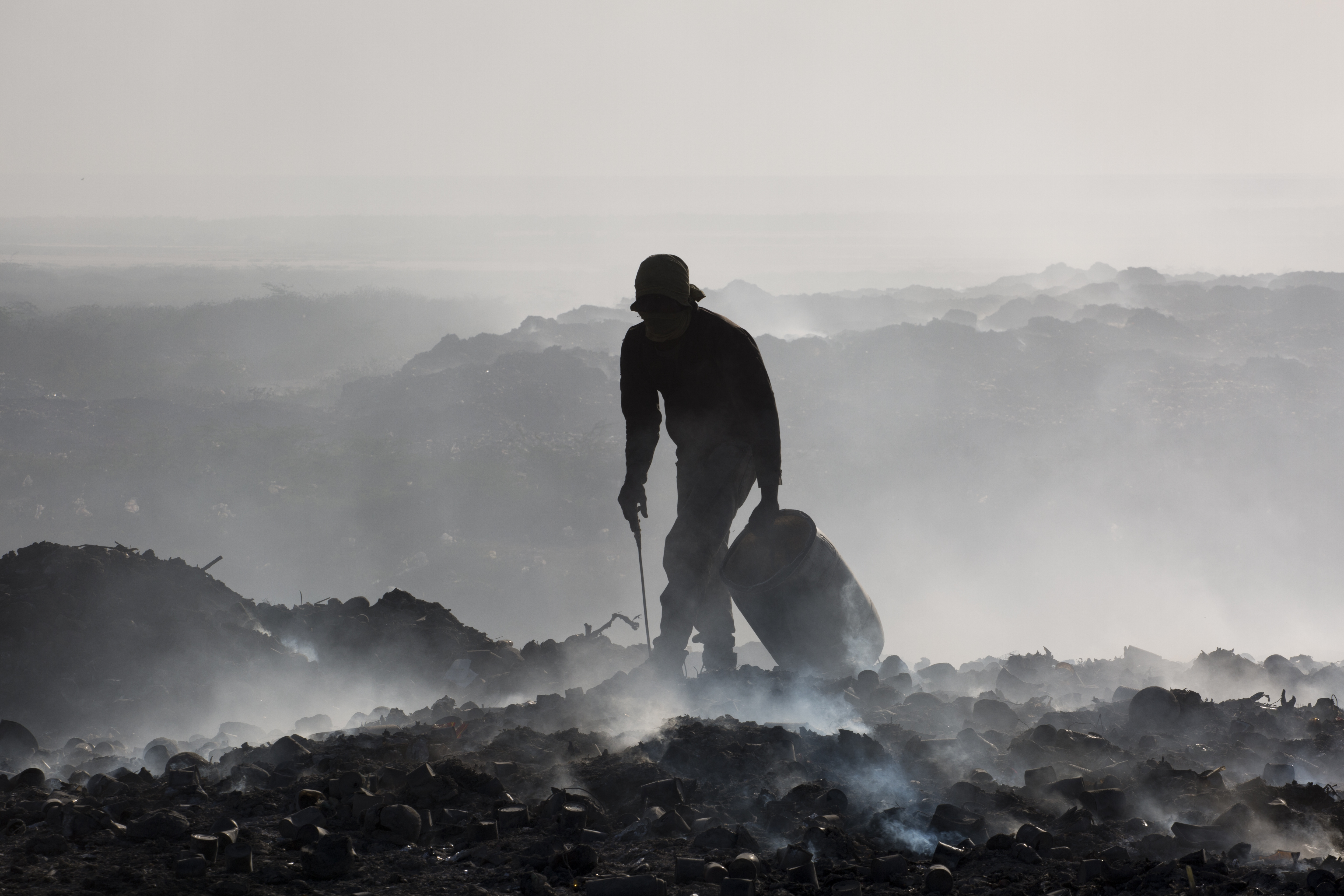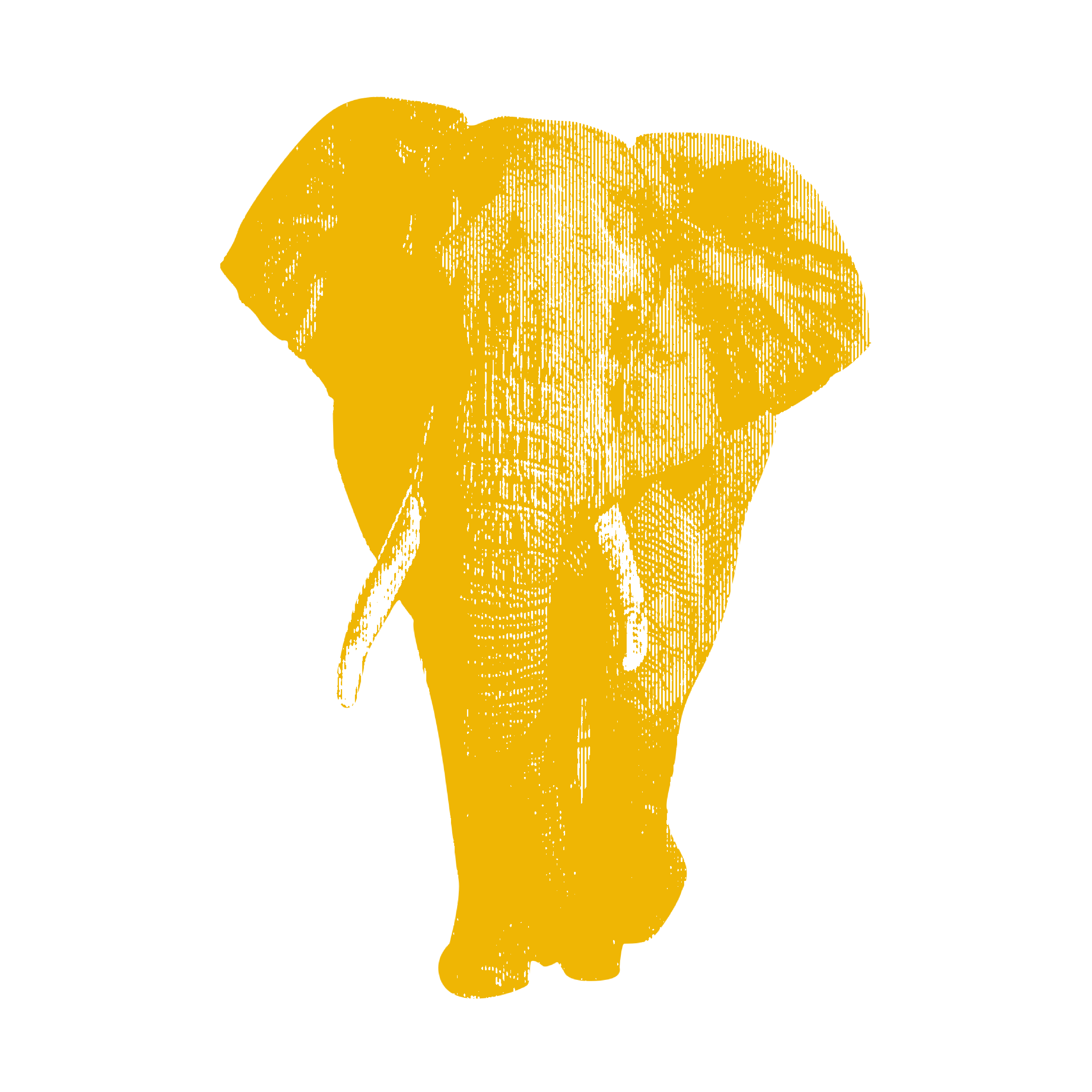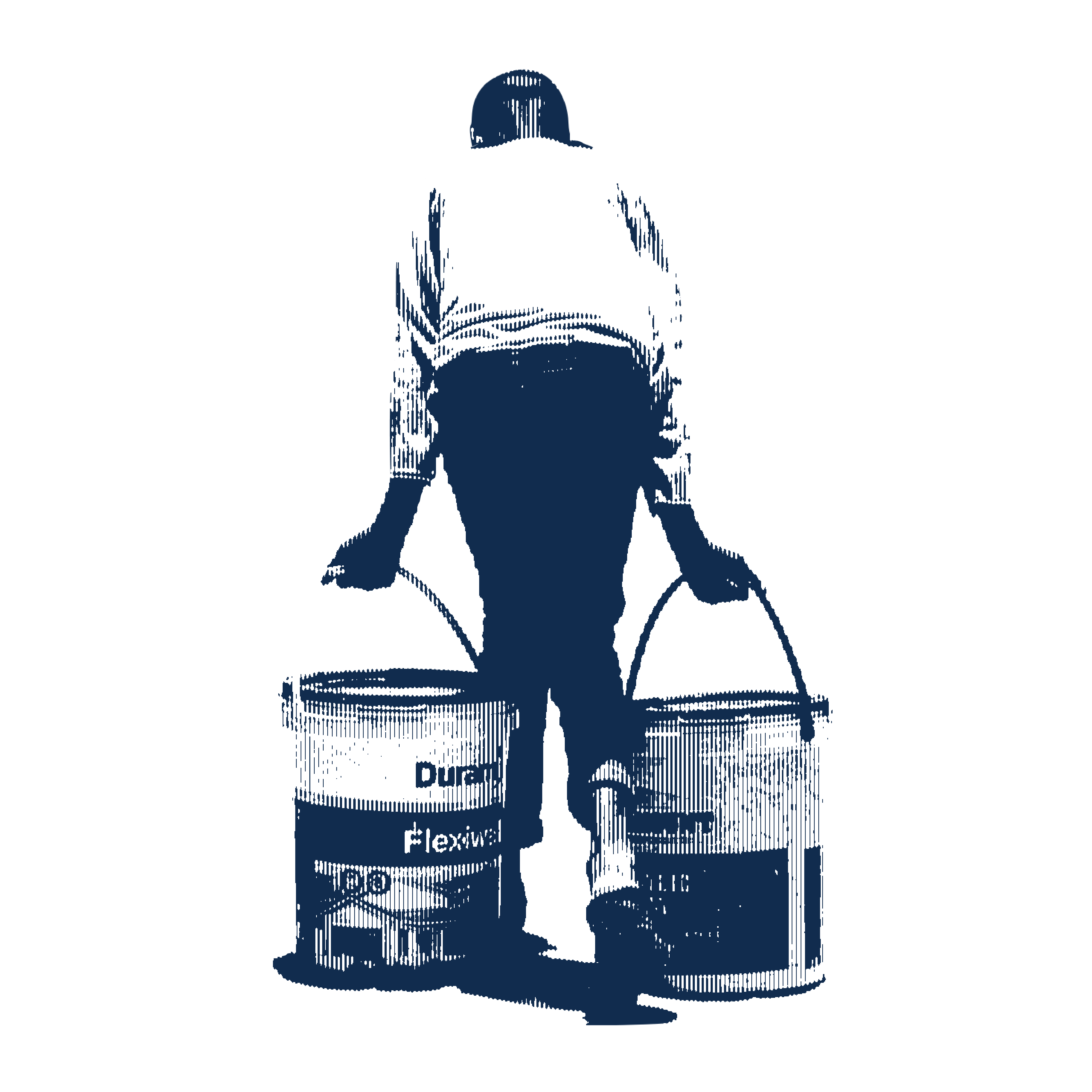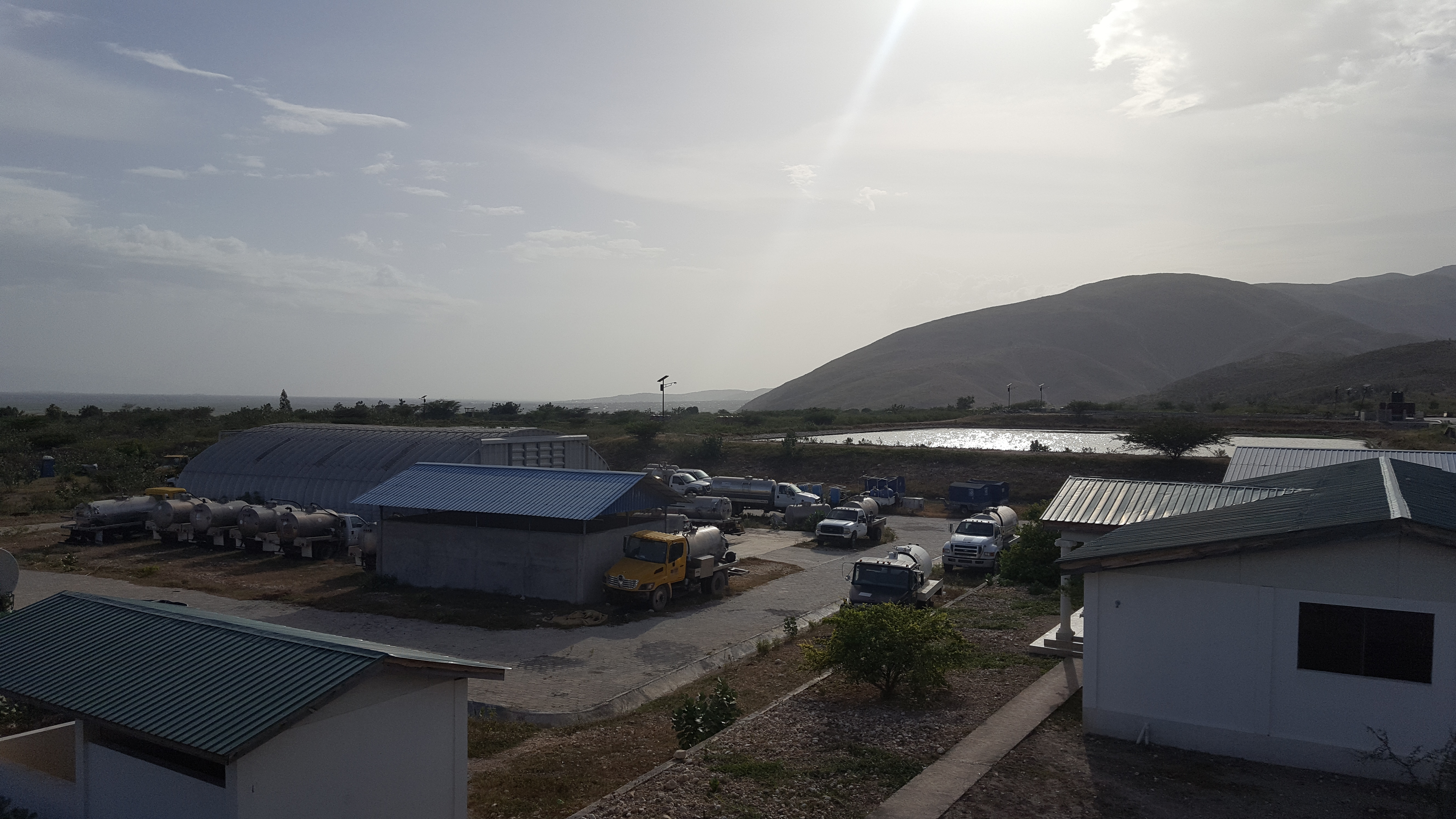
Morne a Cabrit, or Goat Mountain, is north of Port-au-Prince, about an hour’s drive from downtown if you make the trip, as I did, in the cab of a fully loaded sewage pump truck.
This is the home of the only large-scale public sewage treatment facility in Haiti—the only location where trucks carrying human waste can pay a fee and dump their contents in a place that’s engineered to treat it and, eventually, release safe water back into the earth.
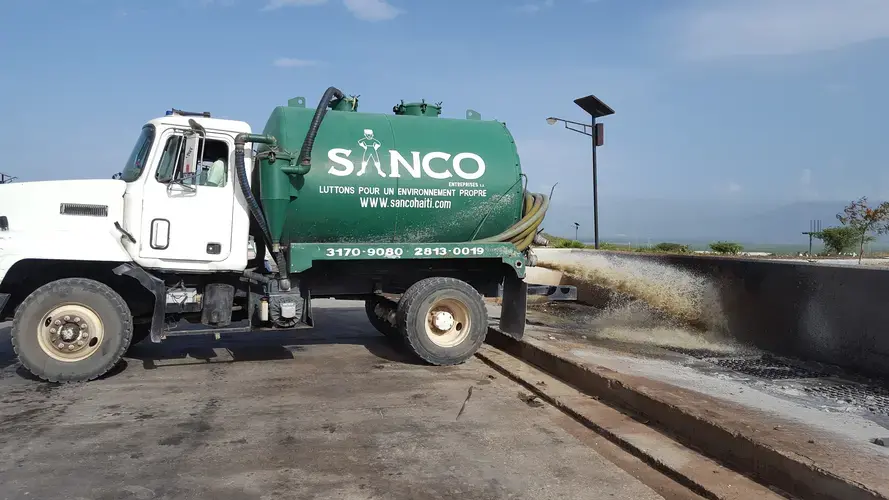
The entire operation requires little or no energy. Over a few weeks, untreated liquid waste makes its way through three open-air pools. The tropical sun and the wind separate and irradiate, and the color goes from dark to clear. When it is full, the final pool flows into a wetland at the end of the property.
Haiti has a population of more than 10 million people. About 4 million of those live in and around Port-au-Prince. The $2.5 million sewage treatment plant at Morne a Cabrit, however, is functioning below capacity. There is simply not enough volume to fill it.
Which raises the obvious question: where is all the sewage going? And why isn’t it coming here?
And, yes, there are goats at Goat Mountain. A lot of them.


